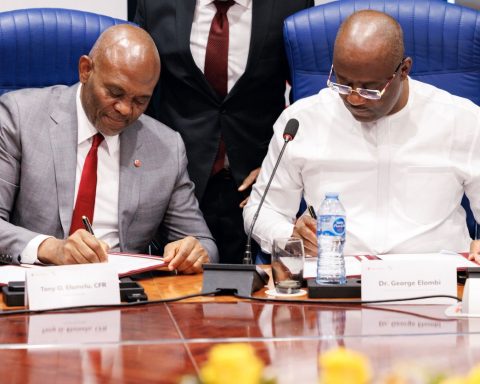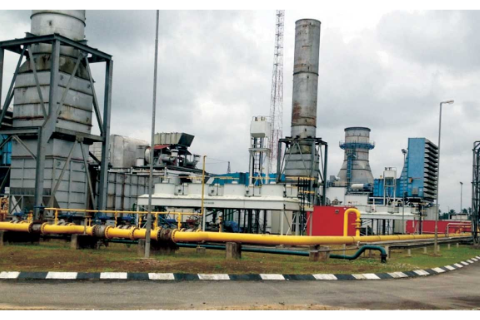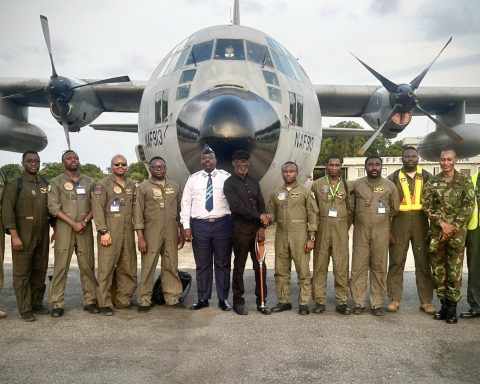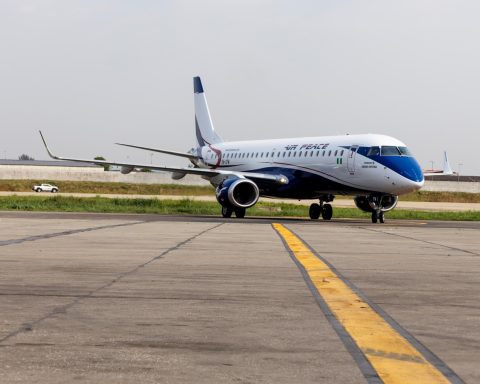Africa is rich in natural resources, yet many of its most populous countries struggle to generate enough electricity. Power shortages impact economic growth and daily life, making energy security a major challenge. While some nations harness gas reserves, others rely on hydropower, coal, or geothermal energy. This article explores how Africa’s most populous countries generate electricity and the challenges they face.
1. Nigeria (232,679,478) – Gas-Powered Electricity
Nigeria, the most populous country in Africa, depends heavily on natural gas for power generation. Over 80% of its electricity comes from gas-fired plants. Despite having the largest gas reserves in Africa, Nigeria still faces frequent power outages due to poor infrastructure and pipeline vandalism. Efforts to expand renewable energy are ongoing, but gas remains the primary source.
Join our WhatsApp ChannelREAD ALSO: 10 African Countries With The Most Economic Opportunities For Women
2. Ethiopia (132,059,767) – Hydropower Dominance
Ethiopia generates nearly all its electricity from hydropower. The Grand Ethiopian Renaissance Dam (GERD) is the largest hydropower project in Africa, with the potential to produce over 6,000 megawatts. While hydropower is clean and renewable, droughts and changing rainfall patterns pose risks to energy supply.
3. Egypt (116,538,258) – Gas-Fuelled Power Generation
Egypt’s electricity sector relies on natural gas, which supplies around 70% of the country’s power. The discovery of the Zohr gas field, one of the largest in the Mediterranean, has strengthened Egypt’s energy security. The government is also investing in solar and wind projects, but gas remains dominant.
4. DR Congo (109,276,265) – Hydropower Potential
The Democratic Republic of Congo (DRC) has immense hydropower potential, thanks to the Congo River. The Inga Dam project could power much of Africa, but political instability and lack of investment slow development. Hydropower provides over 90% of the country’s electricity, yet many regions still lack access.
5. Tanzania (68,560,157) – Growing Hydropower Capacity
Tanzania also relies on hydropower, generating most of its electricity from river-based dams. The Julius Nyerere Hydropower Project, expected to produce 2,115 megawatts, is set to boost the country’s power supply. However, like other hydropower-dependent nations, Tanzania faces risks from climate change.
6. South Africa (64,007,187) – Coal-Dependent Economy
South Africa is the only most populous country in Africa that primarily uses coal for electricity. Over 70% of its power comes from coal-fired plants. While this ensures a steady supply, South Africa struggles with load shedding, environmental concerns, and pressure to shift to renewable energy. The country is exploring solar and wind energy but remains reliant on coal.
7. Kenya (56,432,944) – Leading in Geothermal Energy
Kenya stands out as Africa’s geothermal energy leader. Located in the Rift Valley, the country taps into underground heat to generate power. Geothermal provides over 45% of Kenya’s electricity, making it one of the few African nations less dependent on fossil fuels. The government continues to expand geothermal capacity to meet growing demand.
8. Sudan (50,448,963) – Hydropower Reliance
Sudan generates most of its electricity from hydropower, particularly from the Merowe Dam. However, political instability and economic challenges hinder energy development. Frequent power cuts remain a major issue despite Sudan’s hydropower resources.
READ ALSO: Longest-Serving African Presidents
9. Uganda (50,015,092) – Hydropower as the Backbone
Like Ethiopia and DR Congo, Uganda depends largely on hydropower. The Karuma and Isimba Dams contribute significantly to the grid. While Uganda exports electricity to neighbouring countries, many rural areas still lack access to power. The government is promoting solar energy to improve electricity coverage.
10. Algeria (46,814,308) – Gas-Driven Energy Production
Algeria, another gas-rich nation, generates over 95% of its electricity from natural gas. The country is a major gas exporter, supplying Europe and other regions. While Algeria is investing in solar power, gas remains its primary energy source due to its vast reserves.
The Future of Power Generation in Africa
Africa’s most populous countries are working to improve energy generation. While gas, hydropower, coal, and geothermal energy dominate, the transition to renewable energy is gaining momentum. Governments are investing in solar and wind projects, but challenges like infrastructure, climate change, and political instability persist. With proper investment and innovation, Africa can achieve energy security and sustainable power for its growing population.
Emmanuel Ochayi is a journalist. He is a graduate of the University of Lagos, School of first choice and the nations pride. Emmanuel is keen on exploring writing angles in different areas, including Business, climate change, politics, Education, and others.
- Emmanuel Ochayihttps://www.primebusiness.africa/author/ochayi/
- Emmanuel Ochayihttps://www.primebusiness.africa/author/ochayi/
- Emmanuel Ochayihttps://www.primebusiness.africa/author/ochayi/
- Emmanuel Ochayihttps://www.primebusiness.africa/author/ochayi/













